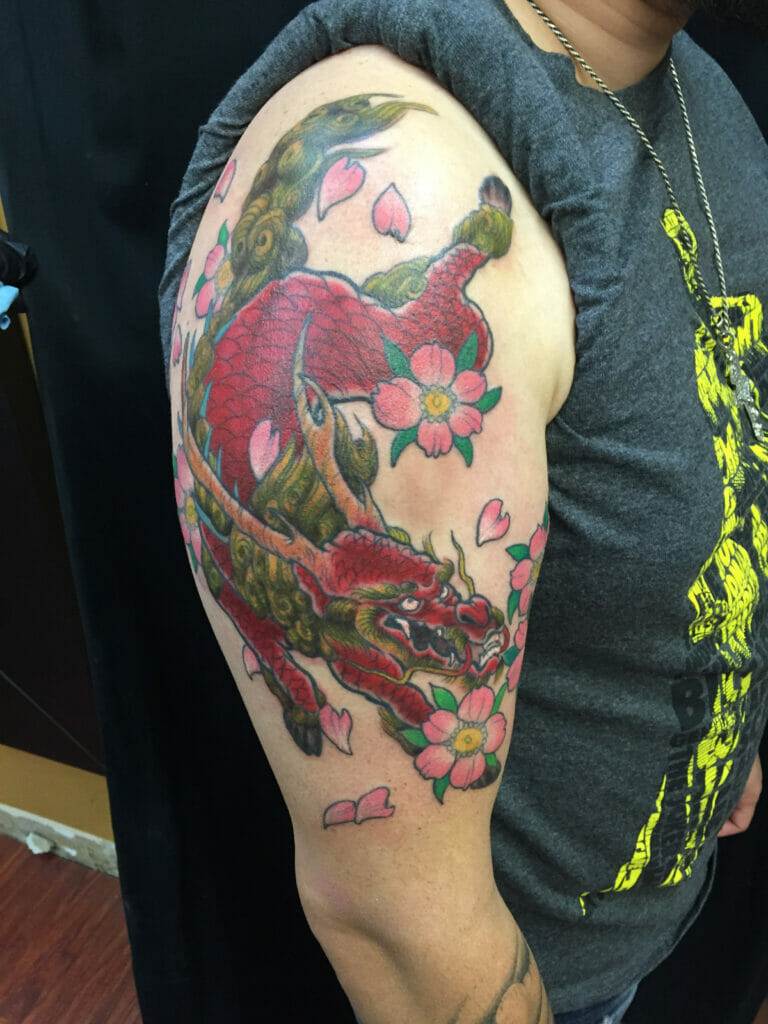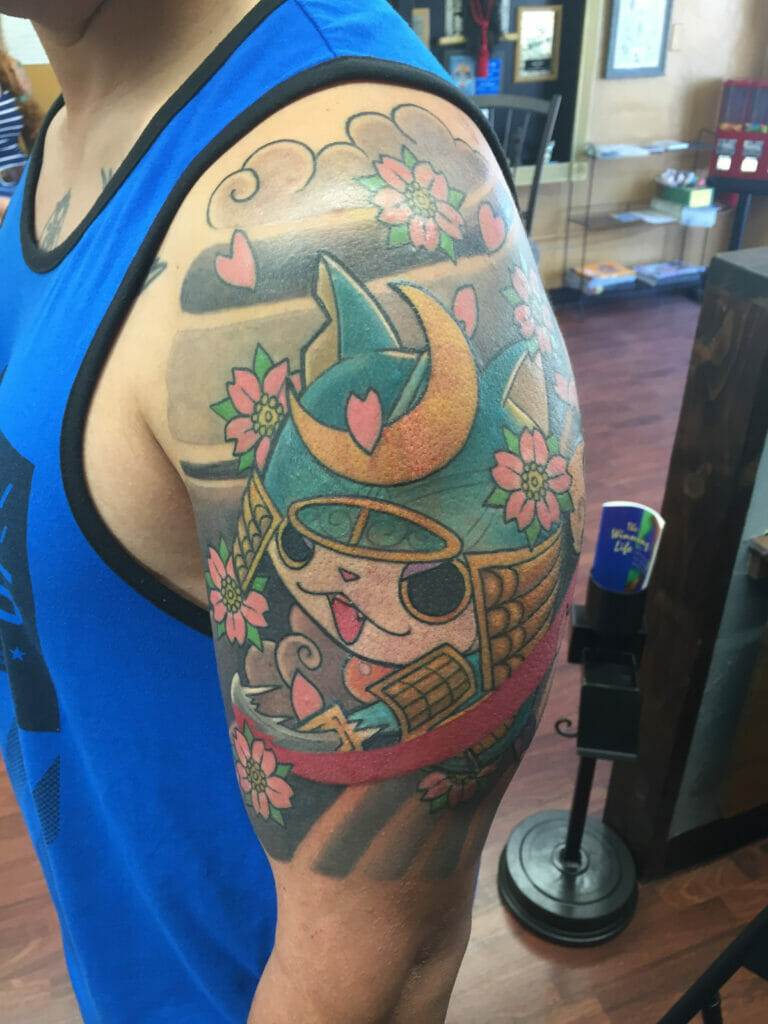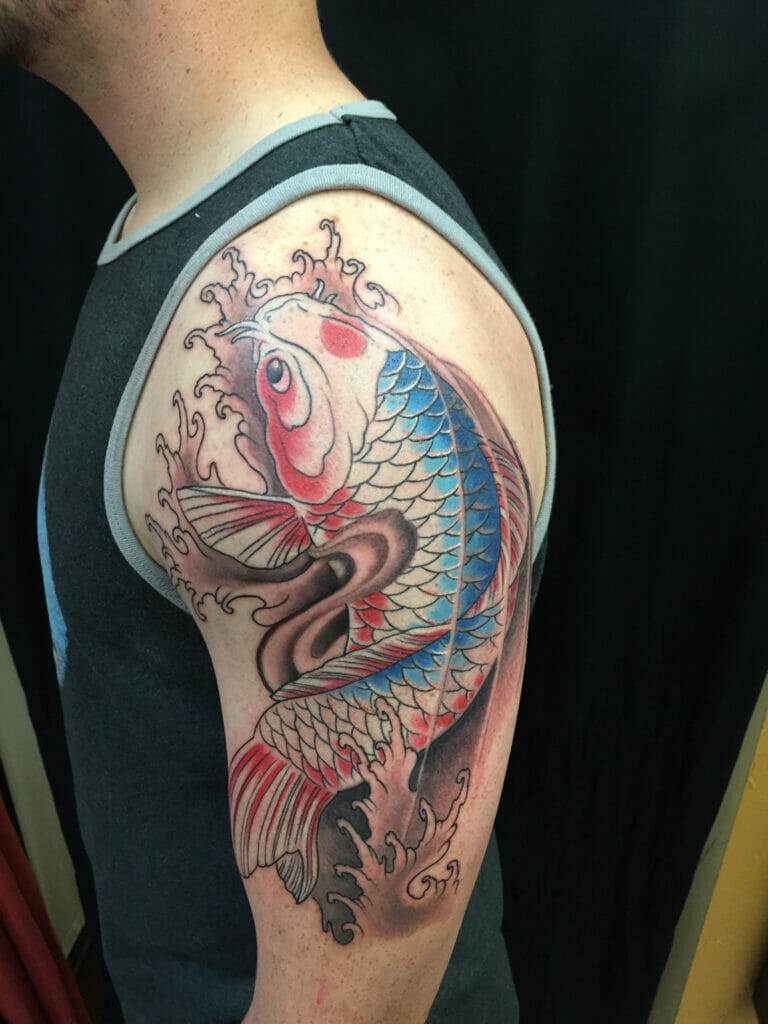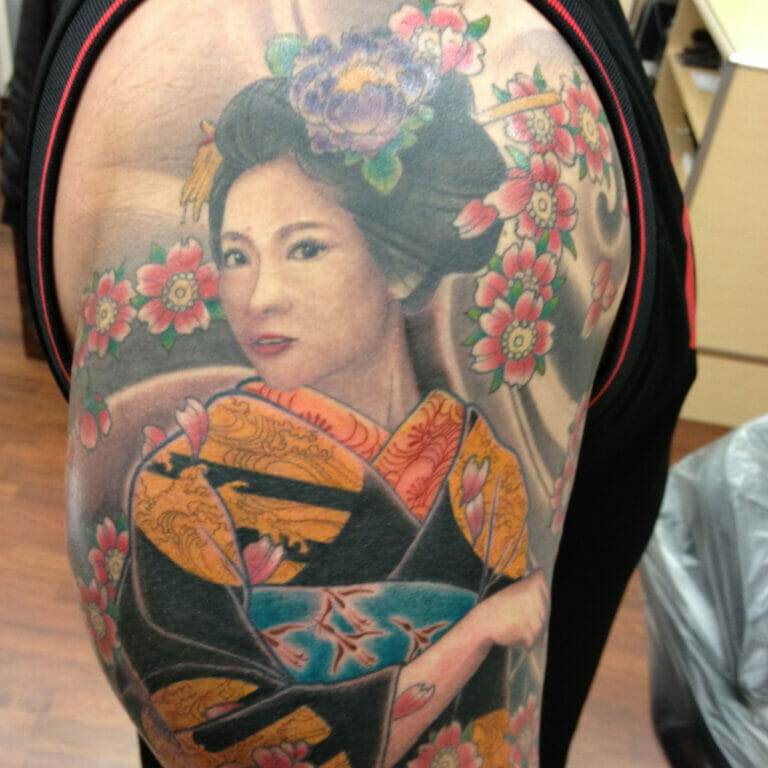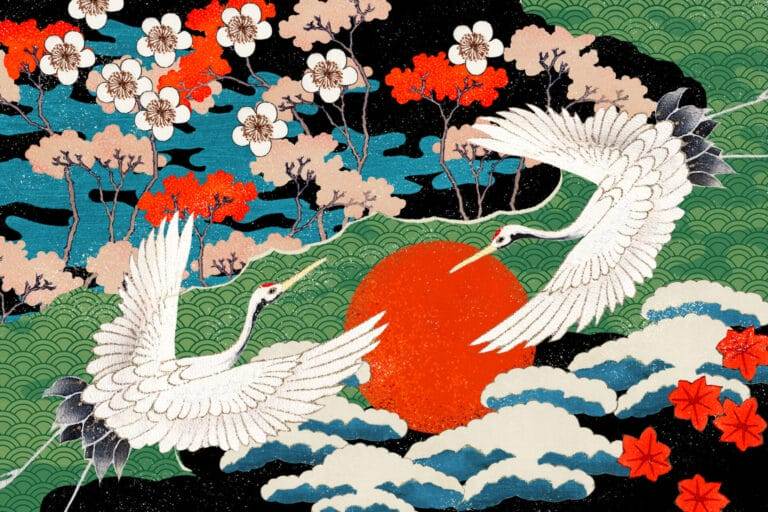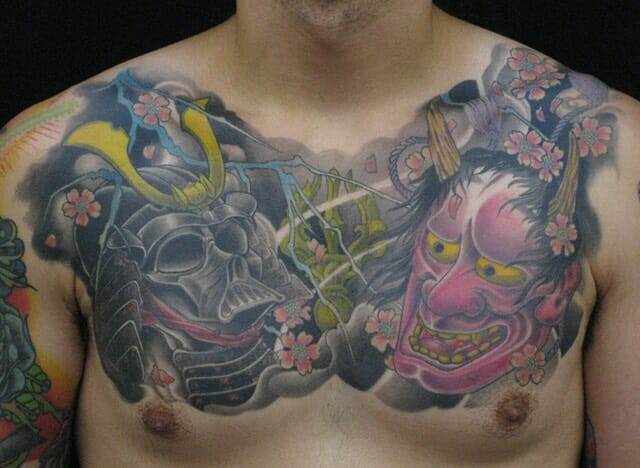
Tattoos have been a form of self-expression and art for centuries, and in Japan, they hold a deep spiritual significance. Japanese tattoos, also known as irezumi, have a rich history and are deeply rooted in the country’s culture and traditions. These tattoos are not just decorative; they are seen as a way to connect with one’s ancestors, protect against evil spirits, and symbolize personal beliefs and values.
The Roots of Japanese Tattooing: A Brief History
The history of Japanese tattooing can be traced back thousands of years. The practice of tattooing in Japan can be dated as far back as the Jomon period (10,000 BCE – 300 BCE), where clay figurines with tattoo-like markings were discovered. However, it was during the Edo period (1603-1868) that tattooing became more prevalent and developed into an art form.
During this time, tattoos were primarily associated with criminals and outcasts. They were used as a form of punishment and identification for criminals, marking them as social outcasts. However, despite the negative connotations, tattooing also began to gain popularity among the working class and samurai warriors.
The Symbolism of Japanese Tattoos: Exploring the Meanings Behind the Designs
Traditional Japanese tattoo designs are filled with symbolism and meaning. Each design tells a story or represents a specific belief or value. For example, the koi fish symbolizes perseverance and determination, while the cherry blossom represents beauty and the transient nature of life.
Other popular designs include dragons, which symbolize strength and wisdom, and peonies, which represent wealth and prosperity. Each design is carefully chosen to reflect the individual’s personality and beliefs.
The Role of Japanese Tattoos in Ancient Japanese Society
In ancient Japanese society, tattoos played a significant role in different social classes. While tattoos were initially associated with criminals and outcasts, they eventually became a symbol of status and power among the samurai class.
Samurai warriors would often adorn their bodies with intricate tattoos to showcase their bravery and loyalty. These tattoos served as a form of protection and were believed to bring good fortune in battle.
The Taboo of Japanese Tattoos: The Stigma and Discrimination Faced by Tattooed Individuals in Japan
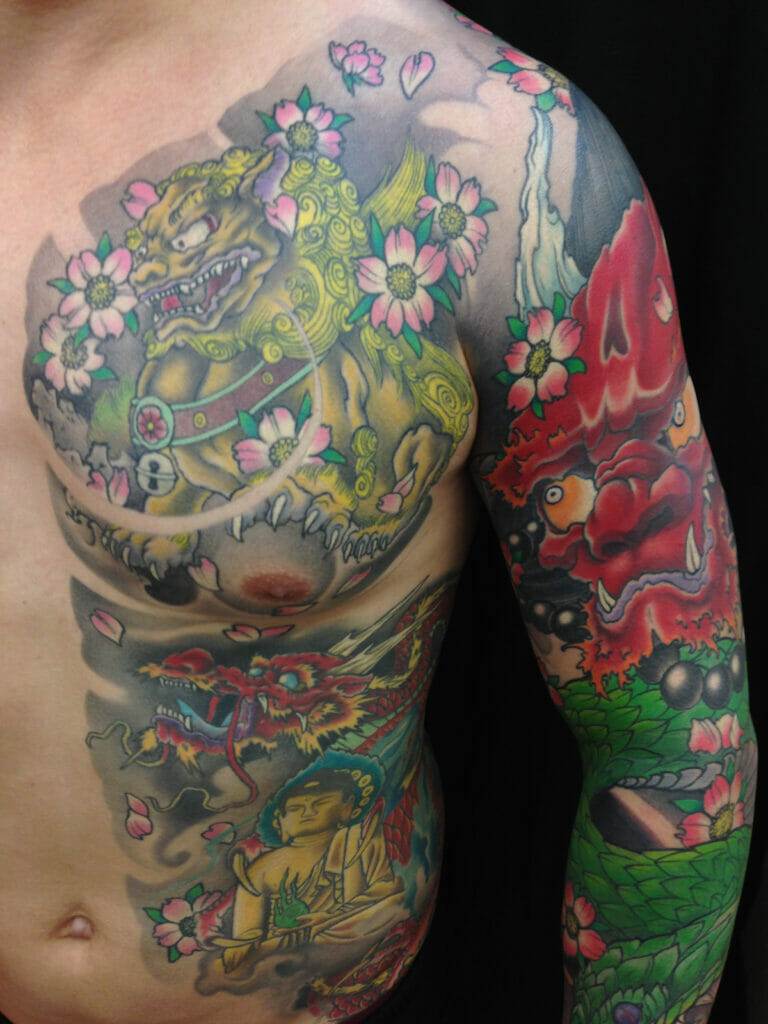
Despite the historical significance of tattoos in Japan, they are still largely stigmatized in contemporary society. In Japan, tattoos are often associated with criminal activity and the yakuza, the Japanese mafia. As a result, individuals with visible tattoos may face discrimination in various aspects of life, including employment and public spaces such as hot springs and swimming pools.
This negative perception of tattoos is deeply ingrained in Japanese culture and can be traced back to the Meiji period (1868-1912), when Japan underwent a period of modernization and Westernization. During this time, the government banned tattooing as a way to present a more “civilized” image to the Western world.
The Evolution of Japanese Tattoos in Modern Times: From Criminal Markings to Fashion Statements
In recent years, there has been a shift in the perception of tattoos in Japan. While they are still considered taboo by many, there is also a growing acceptance and appreciation for tattoo artistry as a form of self-expression.
This change can be attributed to various factors, including the influence of Western culture and the rise of social media. Western celebrities and influencers with visible tattoos have helped to normalize tattooing in Japan, making it more acceptable among younger generations.
The Influence of Japanese Tattoos in Western Culture: A Look at the Popularity and Appreciation of Japanese Tattoos Outside Japan
Japanese tattoos have gained immense popularity and appreciation in Western culture. Many people outside of Japan are drawn to the intricate designs, rich symbolism, and spiritual significance of Japanese tattoos.
Western tattoo artists have also been inspired by Japanese tattooing techniques and incorporate elements of traditional Japanese designs into their own work. This cross-cultural exchange has helped to further popularize Japanese tattoos and bring them to a wider audience.
The Spiritual Significance of Japanese Tattoos Today: How Tattoos Continue to Serve as a Symbol of Personal Identity and Spiritual Connection
In contemporary society, Japanese tattoos continue to hold a deep spiritual significance for many individuals. They serve as a symbol of personal identity, allowing people to express their beliefs, values, and experiences through their body art.
For some, getting a Japanese tattoo is a way to connect with their ancestors and honor their heritage. It is believed that the spirits of one’s ancestors reside in the tattooed skin, providing protection and guidance throughout life.
The Future of Japanese Tattoos: Exploring the Role of Technology and Innovation in Tattooing
As technology continues to advance, it is inevitable that it will have an impact on the art of tattooing. Already, there have been advancements in tattoo removal techniques, making it easier for individuals to change or remove their tattoos if desired.
In addition, there is ongoing research into new tattoo pigments and ink formulations that are more vibrant, longer-lasting, and safer for the skin. These advancements may open up new possibilities for Japanese tattoo artists, allowing them to create even more intricate and detailed designs.
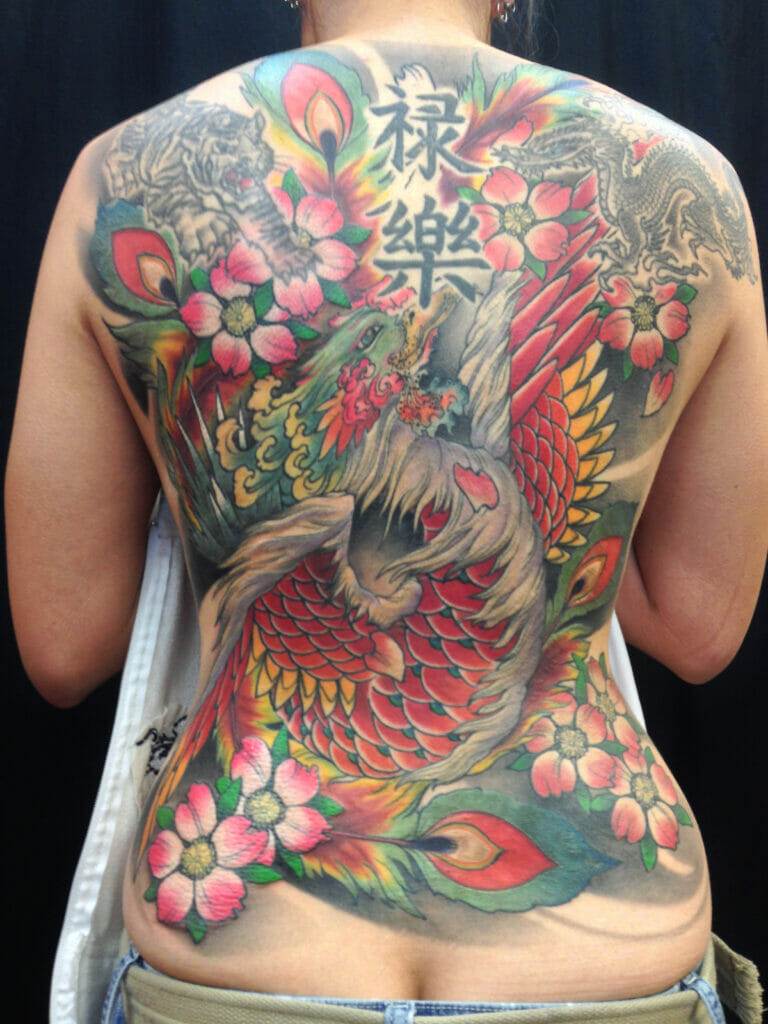
The Enduring Legacy of Japanese Tattoos and Their Spiritual Significance in Contemporary Society
Japanese tattoos have a rich history and hold a deep spiritual significance. Despite the stigma and discrimination faced by tattooed individuals in Japan, the art of Japanese tattooing continues to thrive and evolve.
The enduring legacy of Japanese tattoos can be seen in their popularity and appreciation in Western culture, as well as the continued spiritual significance they hold for many individuals today. As technology and innovation continue to shape the future of tattooing, it will be interesting to see how Japanese tattoos continue to evolve as an art form while maintaining their spiritual significance.

